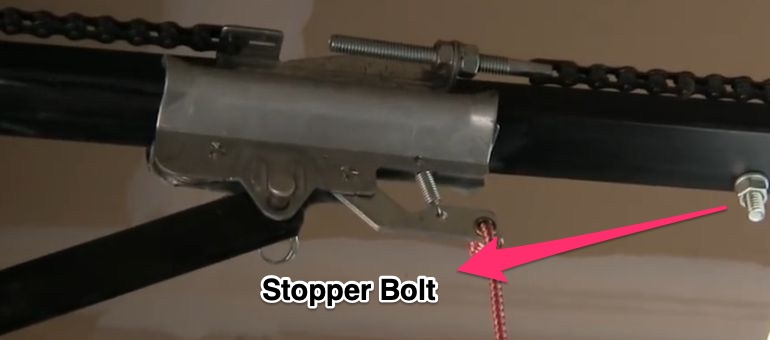Another common cause of garage doors acting this way is a faulty rpm sensor.
Garage door starts to close then stops and goes back up.
If these can t see each other when the door is almost shut it will send a signal to the garage door motor to open back up.
The logic board receives and responds signals to any remote.
In order to fix this you ll want to make small changes to the close limit setting until the door opener knows to stop once the door has reached the floor.
Doing this can save you some amount of cash.
This brain can wear out in time so you could need a replacement.
When the opener reverses the screw turns the opposite way and the nut travels back.
If your garage door is closing fully and then reversing to open again then it may be due to a problem with the close limit switch.
Parts can be purchased in online stores or directly from the manufacturer.
Your garage door s logic board is the brain of your garage door opener.
Get logic board replacement.
Quite often the cause of your door s malfunction is an improperly set garage door limit.
A careless or rushed parking job can cause the car s bumper to block the sensor.
A garage door that only opens halfway becomes a nuisance for many reasons.
Your garage door sensor works by having two photo sensitive devices on either side of the garage door.
It goes partway down reverses direction and goes back up again.
Consult your owners manual or a trained garage door technician in replacing the rpm sensor.
When the opener is activated the screw rotates causing the nut to move until it reaches the switch.
There may be two nuts on one track.
If your garage door opens and suddenly stops it might be because of your logic board.
You push the button to close the garage door.
One for the opening limit and one for the closing limit.
When the logic board wears out it can cause your garage door to close then open and vice versa without explanation.
This requires a simple turn with.
Photo eyes or safety sensors are mounted to the track on either side of the garage door about 6 inches up from the ground.
This is almost always the result of a dirty or obstructed safety feature.

